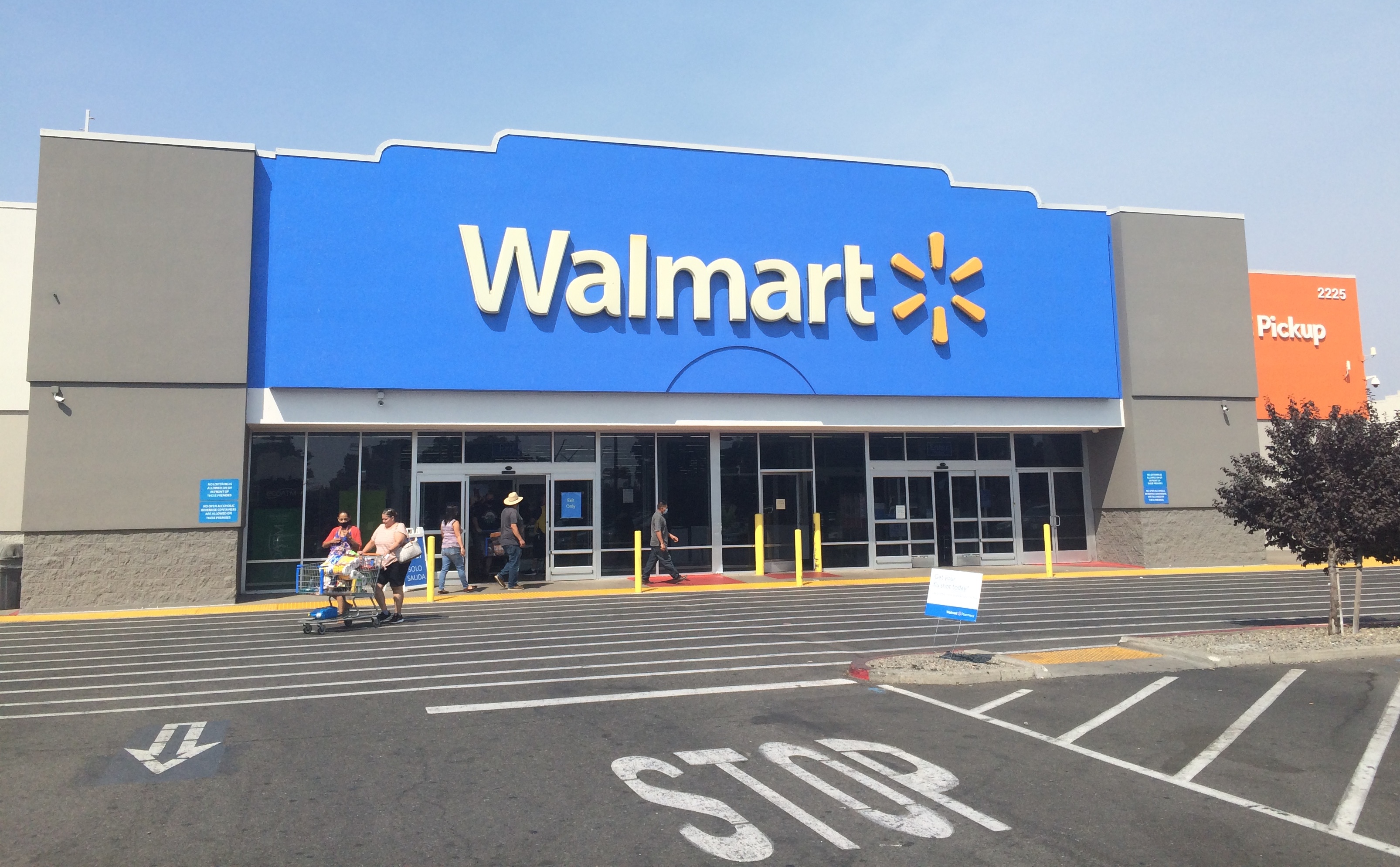
Retailers across the U.S., including major players like Walmart, are grappling with a significant surge in theft, prompting strategic shifts in how stores operate and manage customer transactions. These changes range from highly visible measures like locking up high-value items to a quiet rollback or modification of self-checkout systems, once championed for efficiency and cost savings.
Walmart has notably begun securing pricey goods, such as packages of steaks, within locked wire cages in select stores, including locations in Florida. These measures are a direct response to high-value meats becoming prime targets for thieves, exacerbated by rising food prices. While retailers like Target and CVS have utilized similar tactics for various products since 2022, the increasing use of these cages is becoming more common.
Accompanying these visible security steps is a reevaluation of self-checkout lanes. Some Walmart locations have reportedly removed self-checkout aisles entirely, replacing them with staffed counters. This action has occurred in places like Shrewsbury, Missouri, where police reported a dramatic increase in shoplifting incidents, with the majority linked to self-checkout stations. The police chief in Shrewsbury noted that self-checkouts were removed in May due to what was described as a “theft epidemic.”
Beyond addressing theft, Walmart spokesmen indicate other factors influencing changes to self-checkout availability, including improving the in-store shopping experience and providing more personalized service. Decisions on self-checkout configuration are being made on a store-specific basis, with no nationwide elimination planned. This strategic adjustment aligns with a broader industry trend, as data suggests theft at self-checkout is significantly higher than at traditional cashier lanes.

Other retailers are also adapting. Target, for instance, has expanded a policy limiting self-checkout use to customers with 10 items or fewer across 2,000 stores in the U.S. Dollar General removed self-checkout from 300 stores experiencing high theft rates. These actions underscore the challenges retailers face in balancing technological convenience with the need to prevent losses.
The increase in retail crime extends beyond simple shoplifting. The Council on Criminal Justice reported a rise in retail assaults, highlighting growing safety concerns for employees and customers. Experts in criminology point out that while shoplifting costs billions annually, retailers must carefully consider the impact of heavy-handed security measures on the overall customer experience.
Adding to the security complexity, electronic skimming devices continue to pose a threat at various transaction points, including self-checkout stations and card readers. These sophisticated devices are used to steal credit and debit card information, often paired with tiny cameras to capture PINs. The data can then be used to create cloned cards or access accounts.

FICO, a credit score and data analytics firm, reported a nearly double increase (96 percent) in compromised debit cards due to skimming from 2022 to 2023, affecting thousands of financial institutions and hundreds of thousands of cards. The number of affected cards per incident also saw a significant rise. While non-bank ATMs are frequent targets, incidents at bank ATMs also increased substantially.
Examples of skimming targeting self-checkout have been reported in Connecticut, with devices discovered at Big Y supermarkets and other grocery stores. Police in these areas are investigating, sharing information, and suggest these incidents may be part of a wider network. Law enforcement officials and experts advise consumers to take precautions such as using tap-to-pay where possible, inspecting card readers and keypads for signs of tampering, covering the keypad when entering a PIN, and vigilantly monitoring bank and card accounts for unauthorized activity.
The response to retail crime also involves regulatory action. In Long Beach, California, a city ordinance now mandates a limit on the number of self-checkout machines one employee can oversee and requires at least one traditional register to remain open. This measure, supported by workers’ unions as a way to curb theft and boost safety, faces opposition from business groups concerned about increased labor costs and questioning its effectiveness in addressing the root causes of crime.
As retailers navigate this challenging environment, the future of checkout and store security remains in flux. The balance between leveraging technology for speed and efficiency, protecting assets against increasingly bold criminal activity, ensuring customer convenience, and providing a safe environment for staff presents a complex operational and financial puzzle.
Related posts:
CT police probe supermarket check-out skimming as thefts surge in U.S.
Walmart shuts down self-checkout completely at a location as cops blast ‘surge’ of shoppers bagging items without paying
Walmart is changing forever – this is the latest change the US supermarket chain has made to its payment methods, affecting thousands of customers – fines of up to $2500



:max_bytes(150000):strip_icc()/WalmartCheckOutLanesjpg-185b345695ce428284b7c66b5313b2d1.jpg)
